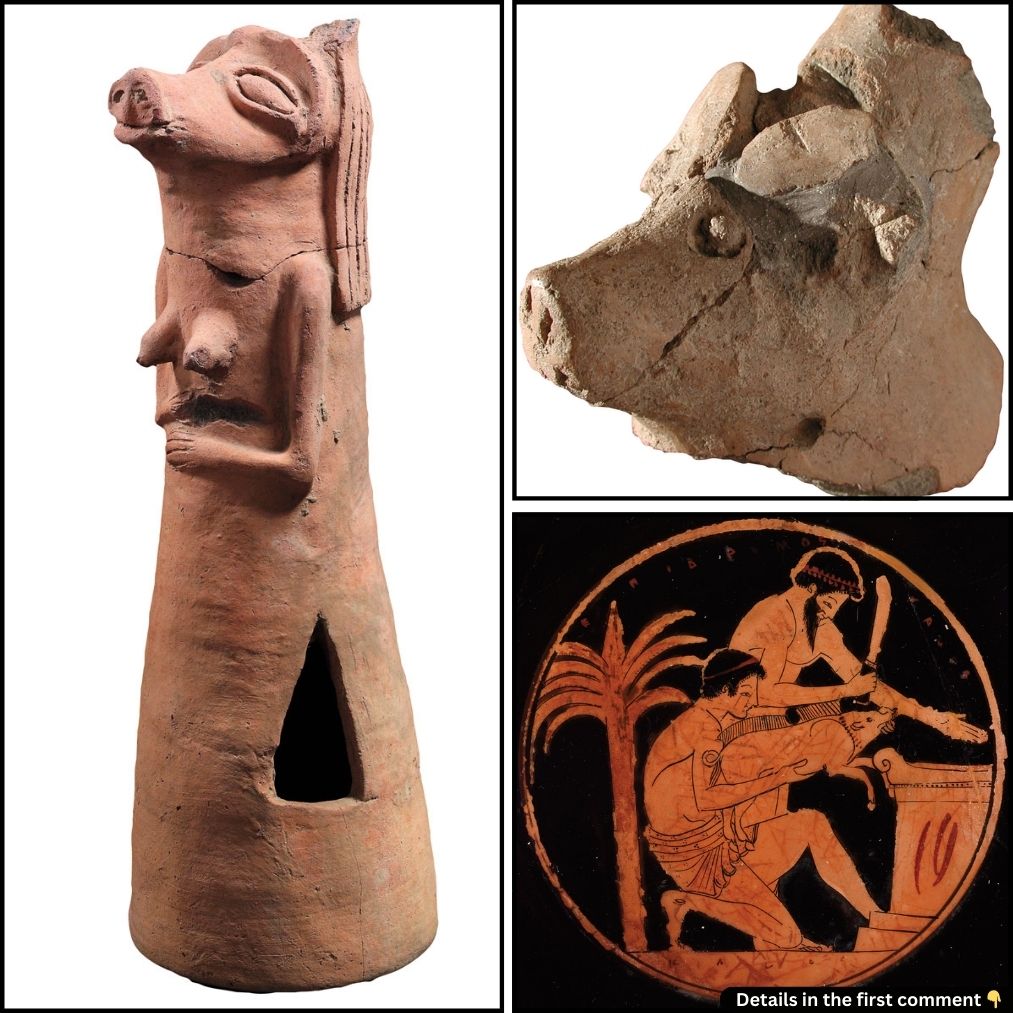The history of pigs and their place in human diets is far more complicated than many people might realize. Today, pigs are a staple in the diets of many cultures, but they have also been the subject of prohibition in others, especially in religious contexts. This contradiction is not just a modern phenomenon but has roots that stretch deep into the past. In this article, we delve into the fascinating history of pig domestication, the role pigs played in the rise of early urban societies, and the eventual religious taboos that led to their exclusion from certain diets. Through archaeological findings, ancient texts, and recent research, we can better understand why pigs, once a central element of ancient diets, gradually became forbidden.
The Early History of Pig Domestication
The domestication of pigs began with the wild boar, Sus scrofa, which roamed Southeast Asia over five million years ago. The domestication process of the boar, turning it into the familiar domestic pig, S. scrofa domesticus, took place over thousands of years. Around 10,000 years ago, in the Near East and China, humans began to domesticate these animals, capitalizing on their ability to quickly reproduce and thrive in a variety of environments. Wild boars were initially hunted for their meat, but as humans transitioned to more permanent settlements and began cultivating crops, pigs were drawn to these locations where food waste and grain fields were abundant.
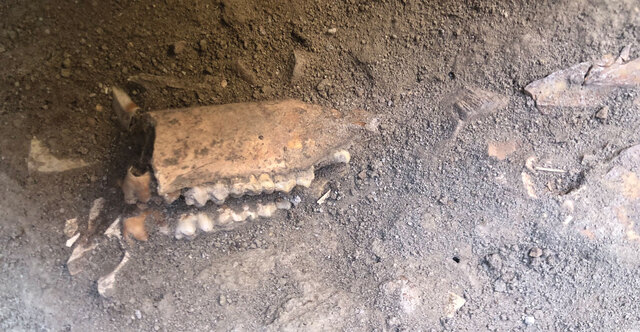
At Hallan Çemi, a site in southeastern Anatolia, archaeologists discovered a significant number of animal bones dating back to 10,000 B.C. Among them, nearly 20% were from wild boars, and the bones revealed that humans were starting to selectively breed them. These early settlements marked the beginning of the long and intricate process of pig domestication, as the relationship between humans and pigs evolved, giving rise to a more manageable and docile species.
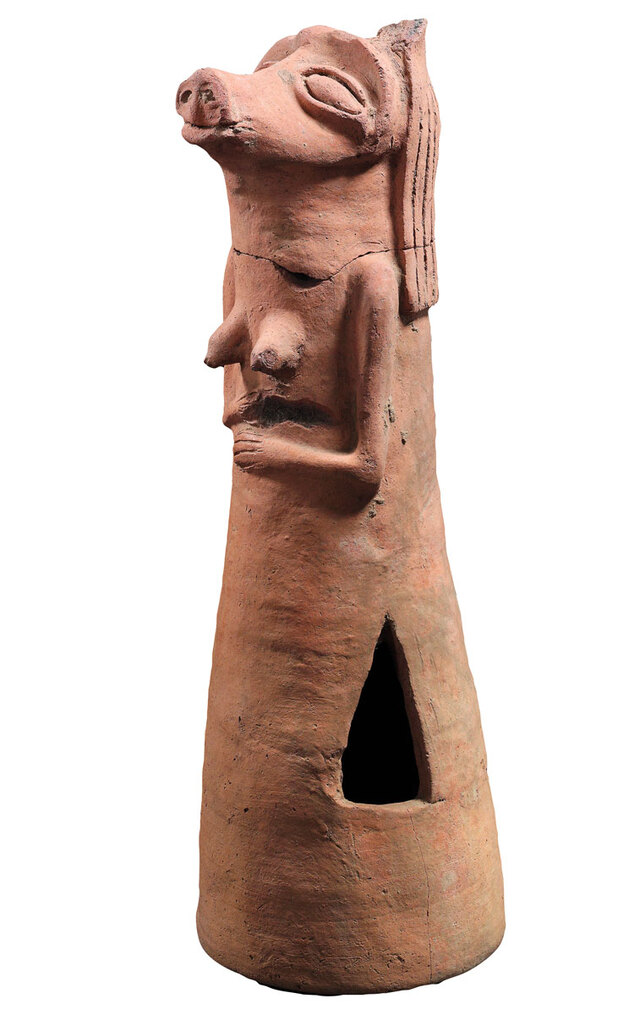
Video
Watch Hogs in History – Creator and Destroyer on Extra History to discover the surprising role pigs played throughout history. It’s a fascinating take you’ll want to see!
Pig Domestication at Hallan Çemi and Other Early Sites
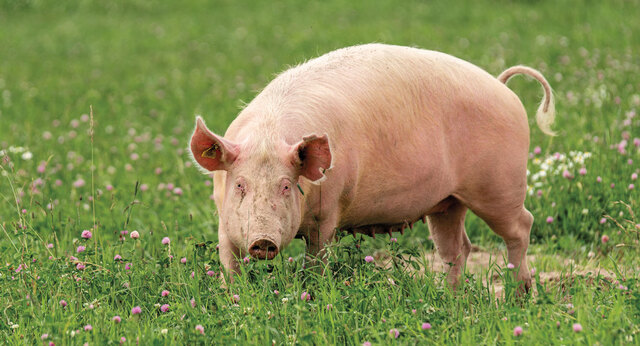
The site of Hallan Çemi is notable for the discovery of bones from younger pigs, indicating that they were being raised for consumption, while other bones from older animals show evidence of early domestication. Further excavations at sites such as Göbeklitepe and Çayönü Tepesi in southeastern Anatolia provided more evidence of the growing importance of pigs in the Neolithic diet. At these locations, representations of wild boars were found in both artifacts and artwork, suggesting that pigs were already becoming integrated into the cultural practices of these early communities.
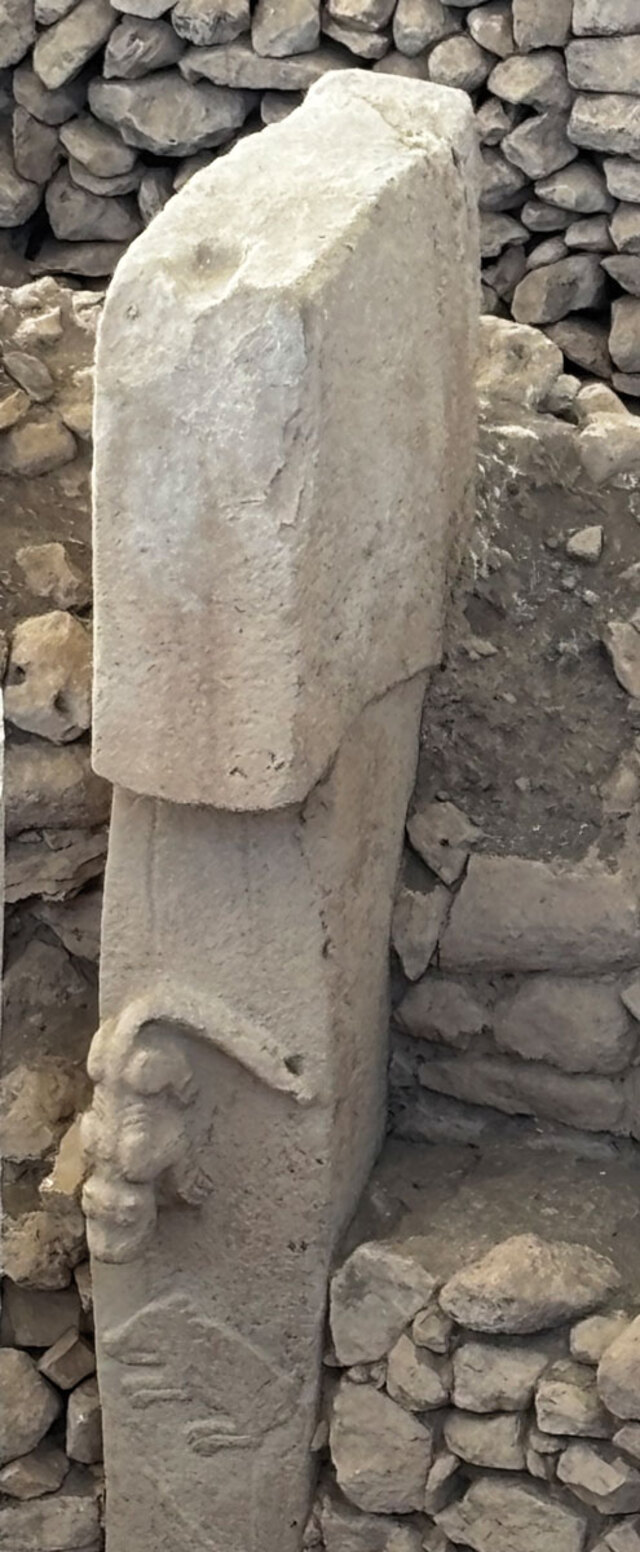
One of the most significant discoveries came from Tel Motza, near Jerusalem, where archaeologists found unmistakable evidence of domesticated pigs dating to around 7000 B.C. These pigs were smaller, shorter-faced, and more docile compared to their wild ancestors, signifying the success of the domestication process in the ancient Near East.
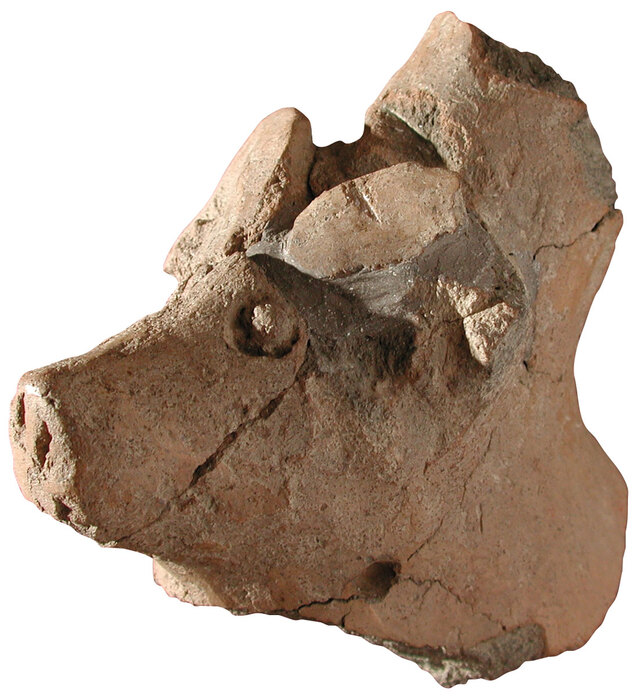
The Rise of Pigs in Early Urban Societies

With the growth of the first urban centers around 3500 B.C. in southern Mesopotamia, pigs became an integral part of the diet in the burgeoning cities. The large cities like Uruk had ample resources and waste that made it ideal for raising pigs. They could thrive in the urban environment, where food scraps were abundant, and they reproduced quickly. Archaeologist Max Price of Durham University notes that, despite what many may imagine, pork was one of the most widely consumed meats in ancient Mesopotamia. In fact, pigs were essential in feeding the rapidly expanding populations of these early urban centers.
However, despite their prominence in daily life, pigs were not well documented in the written records of the time. The reason for this may lie in their management; unlike sheep, goats, and cattle, pigs were not easily controlled by government officials or overseers, making them a source of subsistence primarily for the urban poor. The lack of large-scale management and their scavenger nature made pigs a symbol of the lower classes in these ancient cities.
Social and Economic Implications of Pig Rearing

Pig rearing in ancient urban centers had profound social and economic implications. While wealthier households preferred more regulated livestock such as sheep and goats, pigs were often left to the poorer classes who managed them on a smaller scale. Archaeologists believe that the widespread consumption of pork in cities like Uruk was not just due to its availability but also because pigs played a significant role in the social structure of these urban communities. They were seen as a food source for social gatherings and communal feasts, helping to foster a sense of community among the urban poor.
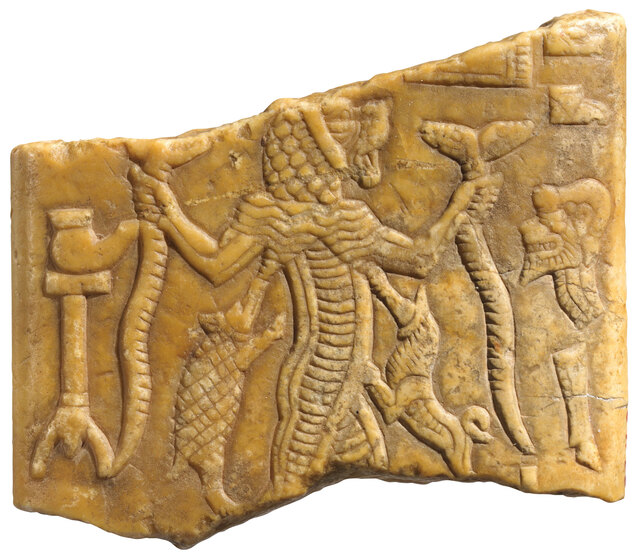
However, over time, economic factors, such as the rise of sheep, goats, and cattle for wool and milk production, led to the decline of pig rearing in many areas. Pigs were seen as less valuable compared to these animals, which offered more diversified resources. The shift away from pigs can also be attributed to environmental factors, including frequent droughts and the loss of forests that pigs once depended on for foraging.
Decline of Pigs in the Ancient Near East

By the end of the Bronze Age, around 1600 B.C., pigs began to disappear from the archaeological record. The reasons for this decline are complex and multifaceted, but scholars agree that the shift from pigs to sheep and cattle reflected the changing needs of societies. As the focus moved from small-scale, subsistence farming to larger agricultural practices, pigs, with their dependence on food waste and lack of secondary products like wool or milk, gradually became less desirable.
The exclusion of pigs from rituals and religious practices across the region further contributed to their decline. By the dawn of the Iron Age, pork had become rare, and pig rearing was virtually nonexistent. The disappearance of pigs from the ancient Near East was not the result of a single cause but rather a gradual process influenced by changes in climate, economy, and culture.
The Genesis of the Pork Taboo in Ancient Texts
The prohibition against pork consumption can be traced back to the Hebrew Bible, which codified dietary laws around 600–300 B.C. In the Book of Leviticus, pigs are declared “impure,” and the Israelites are forbidden from consuming pork. Scholars have long debated the reasons behind this prohibition, with some arguing that it was a health measure to protect against trichinosis, while others believe it was a cultural rejection of an animal that was seen as unfit for the rugged terrain and dry climate of the Levant.
Price suggests that the taboo was likely rooted in the Israelites’ pastoral lifestyle. As they settled into urban areas, the act of raising pigs became increasingly attractive, but it also conflicted with the idealized image of their ancestors. To maintain cultural identity, the Israelites embraced the taboo against pork, reinforcing it as a symbol of their distinctness from neighboring cultures.
The Impact of Hellenistic and Roman Influence on Pork Consumption

The arrival of the Hellenistic and Roman empires in the Near East in the 4th century B.C. brought a surge in pork consumption. Greek and Roman rulers were fond of pork, and the sight of pig feasts became commonplace. As the Roman Empire expanded, it brought with it herds of pigs, which again became a staple of the diet in the region. However, this was met with resistance, particularly from Jewish communities, who used the prohibition of pork as a symbol of their resistance to foreign rule.

Roman writers such as Apion and Seneca mocked the Jewish taboo on pigs, using it as a point of cultural and religious tension. As pork consumption soared, it became a marker of political and religious identity for the Jewish people, with pigs symbolizing oppression and greed in Roman society.
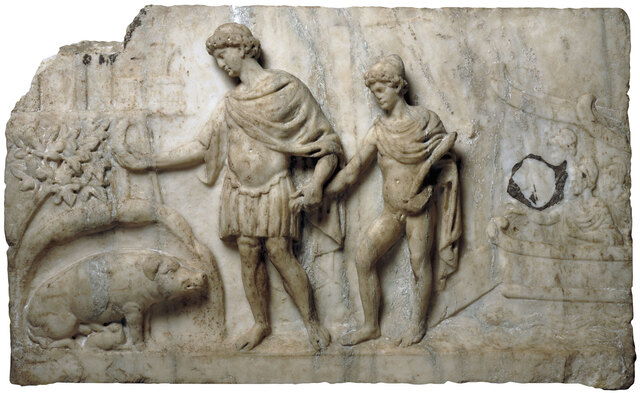
Pork Consumption in the Iron Age and Early Christianity
Despite the growing tension around pork consumption, archaeological evidence from the first few centuries A.D. shows that pork once again became common in the southern Levant, especially in urban centers like Jerusalem. This marked a shift in cultural practices, as the early Christians began to reject Jewish dietary restrictions, including the prohibition on pork, to attract non-Jewish followers. Pork consumption in the region persisted through the Byzantine period.

The Influence of Islam and the Continued Taboo on Pork
With the rise of Islam in the 7th century A.D., the prohibition on pork was firmly reinforced. The Quran explicitly forbids the consumption of pigs, solidifying the taboo across much of the Middle East. Despite this, pork continued to be consumed in some regions, particularly in areas with Christian populations. In modern-day Israel, for example, Palestinian Christians continue to enjoy pork barbecues, and there is even a Jewish kibbutz where pigs are raised for medical research.
Video
Watch All 20 Wild Pig Species (& Their Piglets!) to learn about the diverse world of wild pigs and their adorable piglets. It’s a must-watch for animal lovers!
Conclusion: Pigs in the Modern Middle East
The history of pigs in the Middle East is a testament to the complex interplay between culture, religion, and dietary choices. Despite millennia of shifts in agricultural practices, economic pressures, and religious prohibitions, pigs remain an inextricable part of the region’s foodways. From the early days of domestication to the present, the story of pigs is a fascinating glimpse into the ways in which ancient civilizations shaped their diets and, by extension, their identities. As modern societies continue to navigate the delicate balance between tradition and change, the legacy of pigs in the Middle East endures as both a symbol and a source of sustenance.
